How Content Freshness Impacts Your Google Search Ranking Potential
Breaking news: after a big Box Office summer dubbed “Barbenheimer,” Oppenheimer wins best picture, beating out Barbie at the 2024 Academy Awards.
*crickets*
Oh, in case it isn’t obvious, we’re making a point here. No, we’re not behind the times, and no, we didn’t just crawl out from under a rock. We’re taking a deep dive into Google’s freshness algorithm and what the search engine giant looks for to determine content freshness. Hint: it isn’t outdated Oscars trivia. Both Barbie and Oppenheimer may be certified fresh on Rotten Tomatoes, but when it comes to Google’s search rankings about recent Oscars, updates from 2024 aren’t going to take high priority. For trending content and news-worthy updates, users want to know what’s happening right now, and Google wants to give it to them. Unless you’re looking for a blast from the past, you’re going to be served content related to the most recent or upcoming news or events, not outdated information from prior years.
As marketers—especially those of us promoting time-sensitive or trending content—we’re tasked with ensuring content is shared quickly, consistently and widely. To ensure your content doesn’t skip a beat in Google’s search rankings, here’s what you need to know to stay ahead.
What Google’s Freshness Algorithm Means For Marketers
Not all content is treated equally under Google’s freshness algorithm. Google prioritizes recency for certain search queries it identifies as needing up-to-date information, like searches related to news, trends, events and products. Users expect this content to be timely and provide fresh insights.
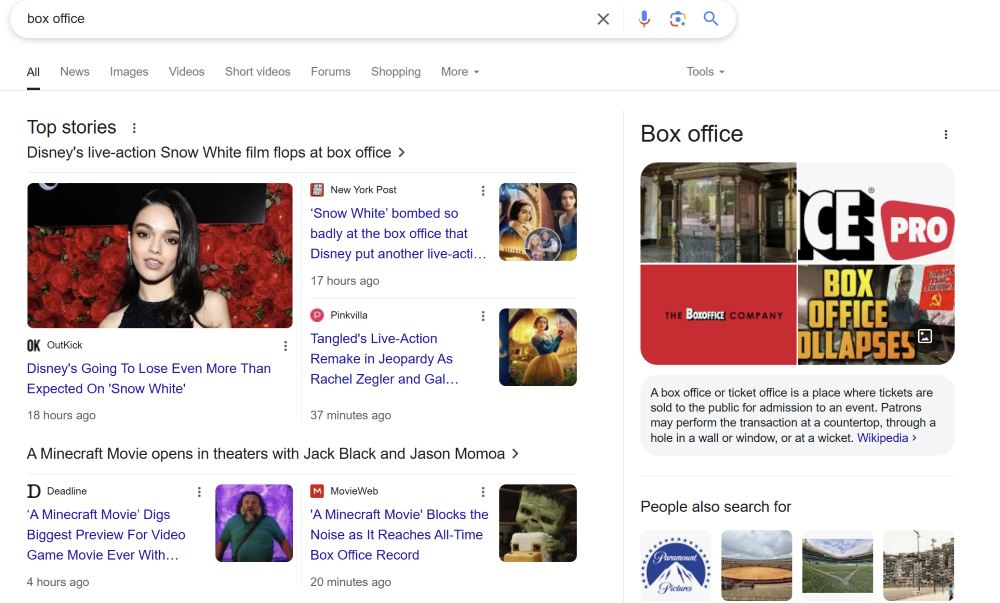
So what does this mean for marketers? First, we’ll start by telling you what this doesn’t mean. Of the more than 200 ranking factors Google uses to determine search rankings, navigating the algorithm is never going to be as simple as changing the publish date on your content or releasing new content that’s all fluff. In 2011, Google’s “Freshness Update” changed the way the search engine prioritizes content for time-sensitive queries.
But 2011 also initiated early guidance on creating people-first content that has evolved into what we today know as the “Helpful Content” ranking system. Google’s primary goal is to connect users quickly with valuable information to address their search queries, so before freshness becomes a factor, the relevancy and depth of the content are what Google’s really looking for. Not every piece of content is news-worthy, but that doesn’t mean it’s any less valuable to searchers.
If you do deal with a lot of time-sensitive or trending topics, make sure any content you’re publishing adds to the conversation around the subject so the reader gains something new from the information. If none of your content has a need for urgency, focus instead on creating high-quality evergreen content or optimizing existing content to stay relevant and up-to-date with fresh keywords, facts and imagery. The important thing to keep in mind is quality because no matter when your content is published, Google has its own method of determining whether or not your content warrants the “fresh” treatment for a priority position in search. Introducing: “Query Deserves Freshness.”
What Is Query Deserves Freshness (QDF)?
“Query Deserves Freshness”—or QDF—is a ranking system built into Google’s freshness algorithm to determine whether content falls into the category of news-worthy, trending or current to serve users with the latest results. Google uses ongoing machine learning to better recognize time-sensitive queries. Going back to the Oscars example, a search query like “when are the Oscars” would trigger Google’s QDF. The search engine would intuitively show results related to the next upcoming Oscars ceremony, not a random ceremony hosted decades ago.
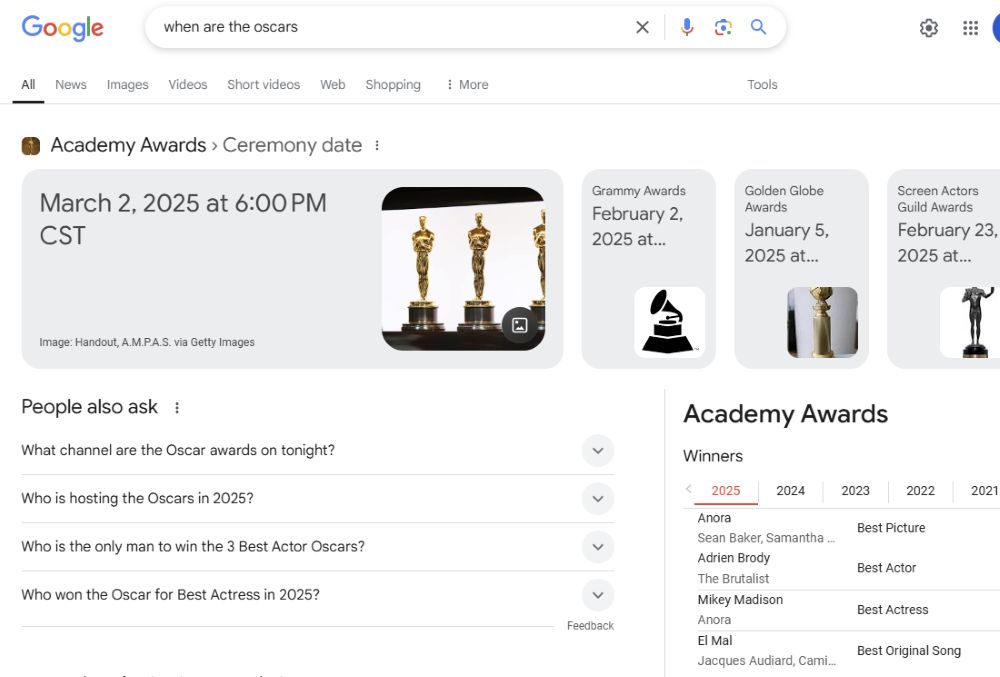
Recognizing what Google sees as fresh content can help marketers make decisions on what content optimizations are needed to stay relevant in search results. Brand new content obviously carries weight in Google’s QDF formula, but optimizing content with fresh keyword targeting and up-to-date information is also a great way to let Google know your content is current and fresh. The content QDF favors includes:
- News
- Press releases
- Product launches/upgrades
- Events
- Recurring stats or info (like stocks, interest rates, etc.)
Depending on the industry you’re in, QDF is an important aspect of Google’s algorithm to be aware of for the best Google search ranking potential.
What Industries Are Impacted By The Google Freshness Algorithm?
The Google freshness algorithm has the greatest impact for industries that are either dealing directly with consumer goods, heavily regulated or content-based, like news and publishing websites. Here’s a look at why these industries have a higher expectation for providing fresh content and why it matters for Google’s search rankings:
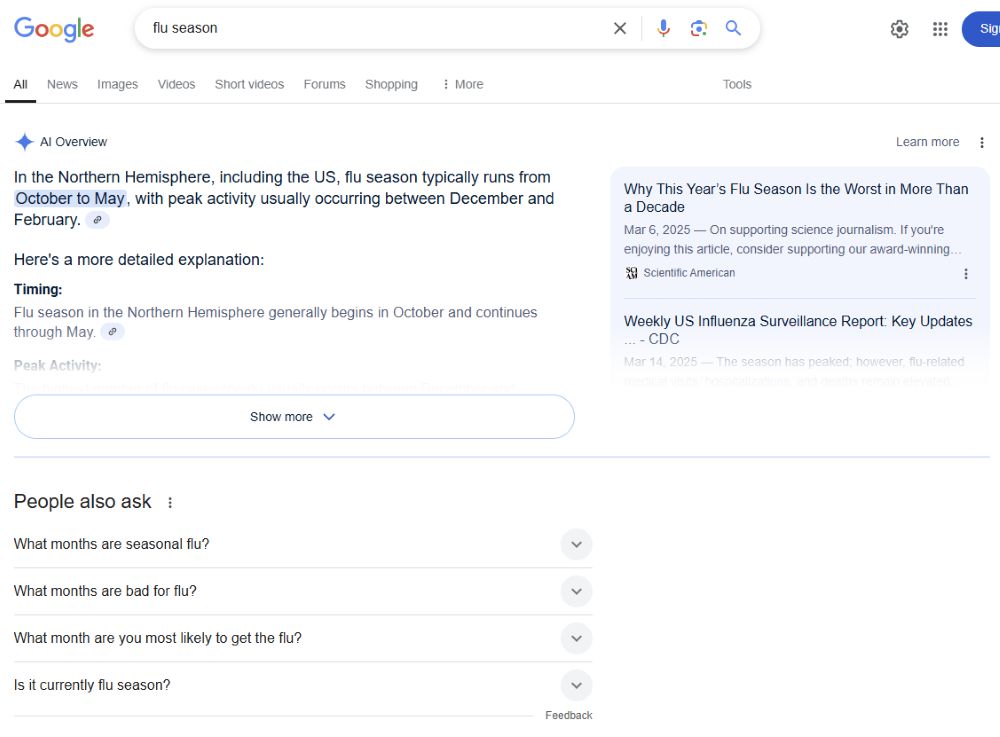
- Regulatory: Think government, healthcare, financial institutions and other businesses that face regulation or compliance concerns. These businesses often share critical updates or time-sensitive information to remain compliant and have high standards to provide reliable customer service.
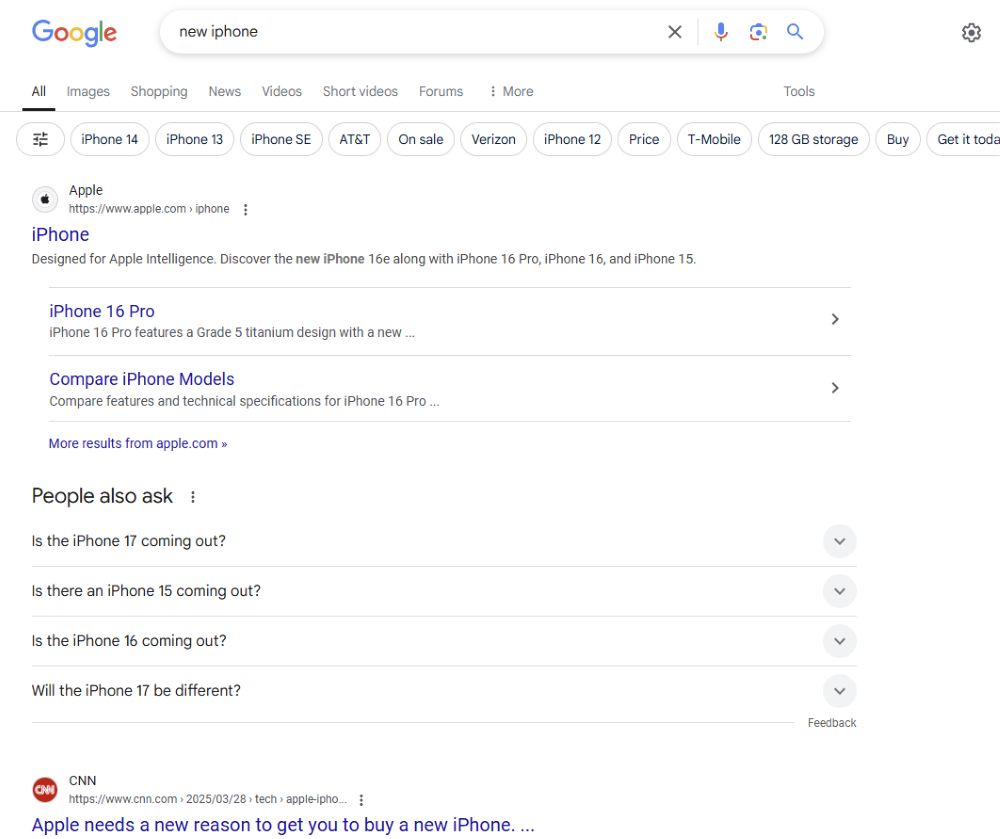
- Consumer-Driven: Ecommerce and retail brands carry a high expectation of up-to-date products and services, including the latest models, new releases, seasonal updates or current deals to help customers save. For example, consumer brands selling technology products like phones and smart watches presumably would want to remain current and keep giving customers the latest and greatest from their collection.
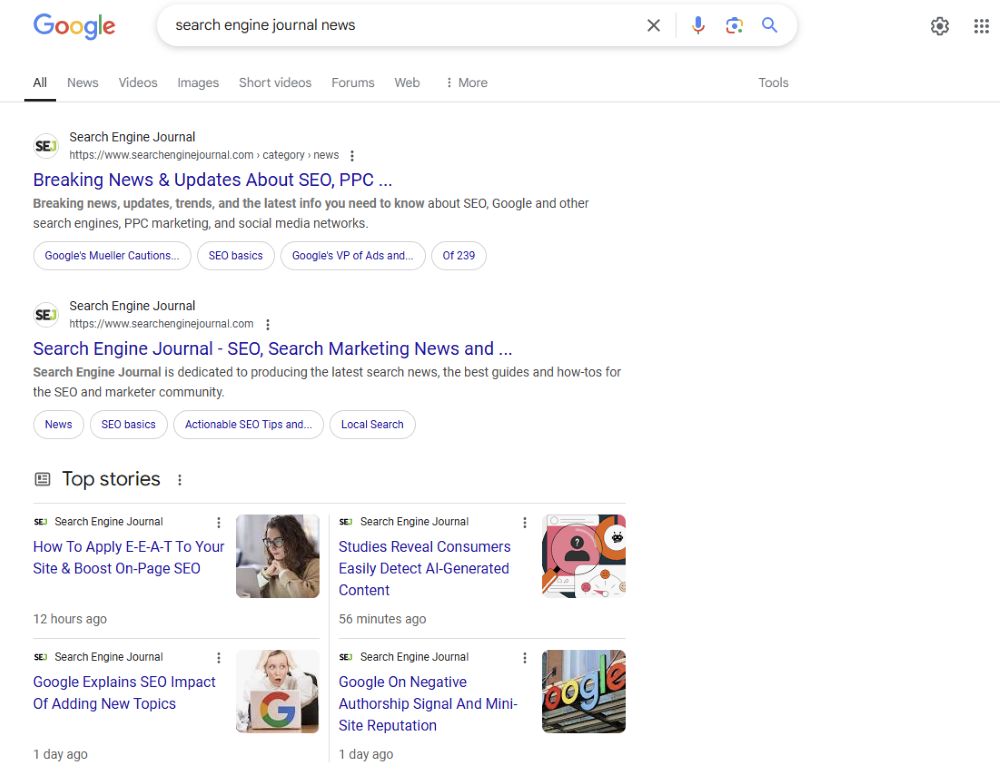
- Publishing: If you’re in the business of creating content like a blog, news outlet or digital publication, sharing fresh perspectives and staying ahead of what’s trending are vital to continue captivating your readers. Content is highly competitive, so continuing to provide fresh, relevant, high-quality and keyword-rich content will help Google recognize your brand as credible for QDF rankings.
However, even if your business doesn’t fit within one of these QDF-heavy industries, you can still benefit from Google’s freshness algorithm. Evergreen content is actually a great place to start because if it’s already performing well and Google’s seeing it as valuable, it has staying power and can continue to reap the rewards for you with timely updates. Through tactics like content audits, content optimizations and updated keyword targeting, you can keep evergreen content feeling fresh as ever so Google recognizes your ongoing commitment to providing quality content to users.
How Content Audits Help Identify Opportunity Areas For Businesses
When it comes to quality content, don’t fix what isn’t broken. Similarly, don’t invest time to update poor-performing content just for the sake of updating it. A thorough content audit is an essential tool to lay out all of your content for a comprehensive understanding of what pages you have, how pages are performing and where you have the most opportunity to freshen up or add new content.
The content audit process can look different depending on what tools you use, but when Blue Compass does content audits for our clients, we’ve found the most success crawling and capturing content from Screaming Frog, a search engine optimization (SEO) crawl tool. We also pull in information from platforms like Google Analytics, Google Search Console and SE Ranking (our preferred keyword research tool).
With all of this data at a glance, our team is able to see key page performance metrics like page views, keyword count, organic impressions and click-through rate. Another number we look at is each page’s word count. The word count reveals opportunities to lengthen, expand or combine relevant content to create a more robust content piece, while the performance metrics indicate whether the page receives traffic as expected.
The goal is to identify opportunities to get the most results from your updates without putting too much of a burden on your team. Rarely will you need to start from scratch if optimizing content is your aim. Let’s take a look at a few outcomes to consider when undergoing a content audit:
- Problem: A traditionally high-ranking page is trending less traffic than usual month over month.
Solution: Look for new keywords to target and add in keyword-rich headings along with supporting paragraph copy to explore key aspects of your service further. While Google doesn’t outright favor a particular word count, Blue Compass’ best practice is to aim for at least 600 words to provide a truly well-rounded piece of content that both users and Google will see value in.
- Problem: A blog about real estate trends in your industry hasn’t had significant page views since it was published a year ago.
Solution: Remember content covering trends, seasonality, current events and news qualifies for Google’s “Query Deserves Freshness” designation! Spin the content to cover today’s trends, add relevant keywords for the current year and watch your content become an asset for your website again.

How To Strategically Utilize Content Optimizations & Keyword Targeting
Once you see the potential in your existing content, make a plan for how frequently you want to share optimized content and how you’ll recirculate it across your website and social media channels. Sharing an updated page with your followers draws traffic back to the page and helps build backlinks to your website, both of which Google’s freshness algorithm picks up on.
To kick off the content optimization process, conduct keyword research using a keyword tool like Google Trends or SE Ranking and view related search results to look for common questions to cover under the “People Also Ask” section. Once you’ve identified a few keyword targeting opportunities, update prime areas on the page like headings, metadata and body copy to incorporate the keywords. If you find common search queries you can answer, add the question in a heading and provide a concise answer to add new insight to the content.
Update any information that feels out of date, including internal or external resources the page is linking to, stats and other factual information that no longer feels relevant. Add new images, charts or videos to enhance the page experience. Find related content on your site and update those pages to link to this refreshed content, which will help Google understand this page is an important update that adds value throughout your site.
When you’re ready to publish, be sure to update the publish date to signify to Google that the content has been updated. But remember, before you go ahead and change the publish date, don’t skip out on key steps of the content optimization process—Google knows when content hasn’t been updated and won’t be tricked just because you add a shiny new date to the page. If you want to get really technical, resubmit your sitemap in Google Search Console, prompting Google to crawl your content faster to start gaining steam in Google search rankings.
How Blog Content & News Articles Impact Content Freshness
Unless you’re in an industry selling products or services Google would qualify as meeting its QDF criteria, your service or product pages are likely evergreen. They may benefit from content optimizations from time to time to stay relevant in search, but most businesses probably aren’t publishing a lot of fresh service-related content. That’s where blogs, press releases and news updates come in. If your website has a blog or content area to share articles and news, developing a regular posting cadence is a great way to highlight your expertise and show Google your commitment to content freshness and quality.
Google doesn’t outright penalize websites that don’t regularly publish content, but there are more opportunities to gain favor both in Google’s eyes and in the eyes of your audience if you have more content to share. If you post content weekly or even monthly, Google will crawl your content more frequently and prioritize your content in results because it recognizes you as a relevant resource. If you don’t share new or updated content with any regularity, Google might not prioritize your site content because it doesn’t see you as a timely resource.
How To Write Search Engine Optimized Content Google Cares About
Knowing Google cares about content quality, the best way to write effective SEO content is to create or optimize high-quality content addressing user’s questions and providing value to the reader. Strategic elements like keyword targeting and heading tags for page hierarchy add to the page’s SEO potential. Below are a few best practices to shoot for in your content to be successful in search results:
- Add relevant keywords to headings and body copy
- Break up page with a clear heading hierarchy (one H1, followed by H2s, H3s, etc.)
- Incorporate elements of Google’s E-E-A-T
- Answer questions concisely
- Update metadata with core keywords
- Link internally to relevant pages on your site
- Ensure prominent calls to action
- Include visuals and add alt text
View More SEO Content Best Practices
The more keyword-rich content you share, the more opportunities you have to dominate Google’s search rankings. The more content you put out there, the more likely you are to gain credible backlinks, growing your perceived authority as Google recognizes it. And the more expertise you provide, the more you’re putting people first in line with Google’s priorities.
Ultimately, blogs and news articles are advantageous to businesses because they lend themselves well to Google’s principles of E-E-A-T (experience, expertise, authoritativeness and trustworthiness) established in its “Helpful Content” ranking system. For that reason, publishing an article solely for the sake of contributing to trending topics that aren’t relevant to your business will get you nowhere. Creating and sharing relevant content unique to your expertise is a much more effective strategy. Consistency and quality are key, not quantity. Still, if you regularly share new content to educate your audience, Google’s freshness algorithm will pick up on it, too. When you put people first, it’s a win-win!
Contact Blue Compass For Help Freshening Your Content To Climb Google’s Search Rankings
Navigating Google’s ever-changing algorithms is a major undertaking for marketers already juggling the fast-paced print and digital marketing needs of their organizations. Blue Compass’ team of SEO and digital marketing experts focuses exclusively on digital, so we’re in the weeds of Google and its changing ways day by day. In case you couldn’t tell, we love to geek out over all things Google! If you’re interested in revamping your content strategy to see better results in Google’s search rankings, Blue Compass is your partner to help you prioritize the content optimizations and new blog topics that will make the biggest impact for your goals. Our comprehensive content audit process breaks down opportunity areas, and our team of strategic SEO copywriters is on standby to help create compelling content for your audience. Contact us to learn more about incorporating fresh content on your website today!